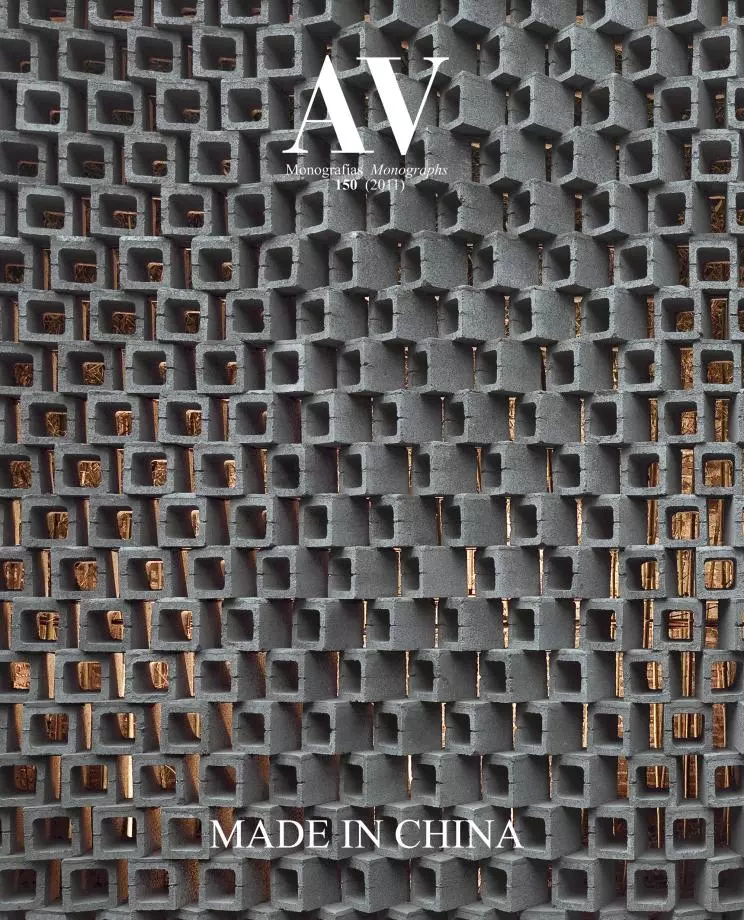Key Concepts of Chinese Architecture Today

The Beijing joint exhibition of ten years of work of MADA s.p.a.m., Jiakun Architects and Urbanus and the seminar held in March 2010 were a landmark event for Chinese contemporary architecture in recent years. The three firms have built mainly in five cities – Beijing, Chengdu, Shenzhen, Beijing and Xi’an – regional centers of the eastern, western, southern, northern and central China. The last ten years witnessed the rapid advancement of China’s architecture and urbanism, as well as the rapid differentiation and multi-polarization of China’s architectural practices.
In his article ‘Learning from Uncertainty’, (AREA, No. 78, p.9), Yung Ho Chang quoted the lyrics of the Chinese rock star Cui Jian, who said “It’s not that I don’t get it, it’s that the world changes fast”, to reflect the fast-changing politics, society and culture in contemporary China. The architect, more like a swimmer struggling to advance in the river of the society, forever attempts to grasp the arteries and veins of the turbulent social flow and then converts them into tangible objects. Architecture and urbanism are the solidified riverbed left after the brushing of rivers and streams. If we want to get an instant slice of the constantly changing contemporary Chinese architecture scene using high-speed photography, what we get is an intricate and meaningful web, which includes many factors such as correlation, constraint, parallelism, balance, rivalry and even counterbalance. But, perhaps an intricately woven web bears more resemblance to the reality of contemporary China than a clearly combed and well analyzed linear structure.
Here, using 24 key words under 4 categories – ‘Phenomena and Commissions’, ‘Operational Frameworks’, ‘Theoretical References’ and ‘Practical Strategies’ –, I attempt to present the status quo, constraints, theoretical references and practical strategies faced by architects in the context of the complicated milieu of contemporary China, and how architects seek a unique stance in the complex web intertwined by the West and China, architectural autonomy and social reality, tradition and transformation...






